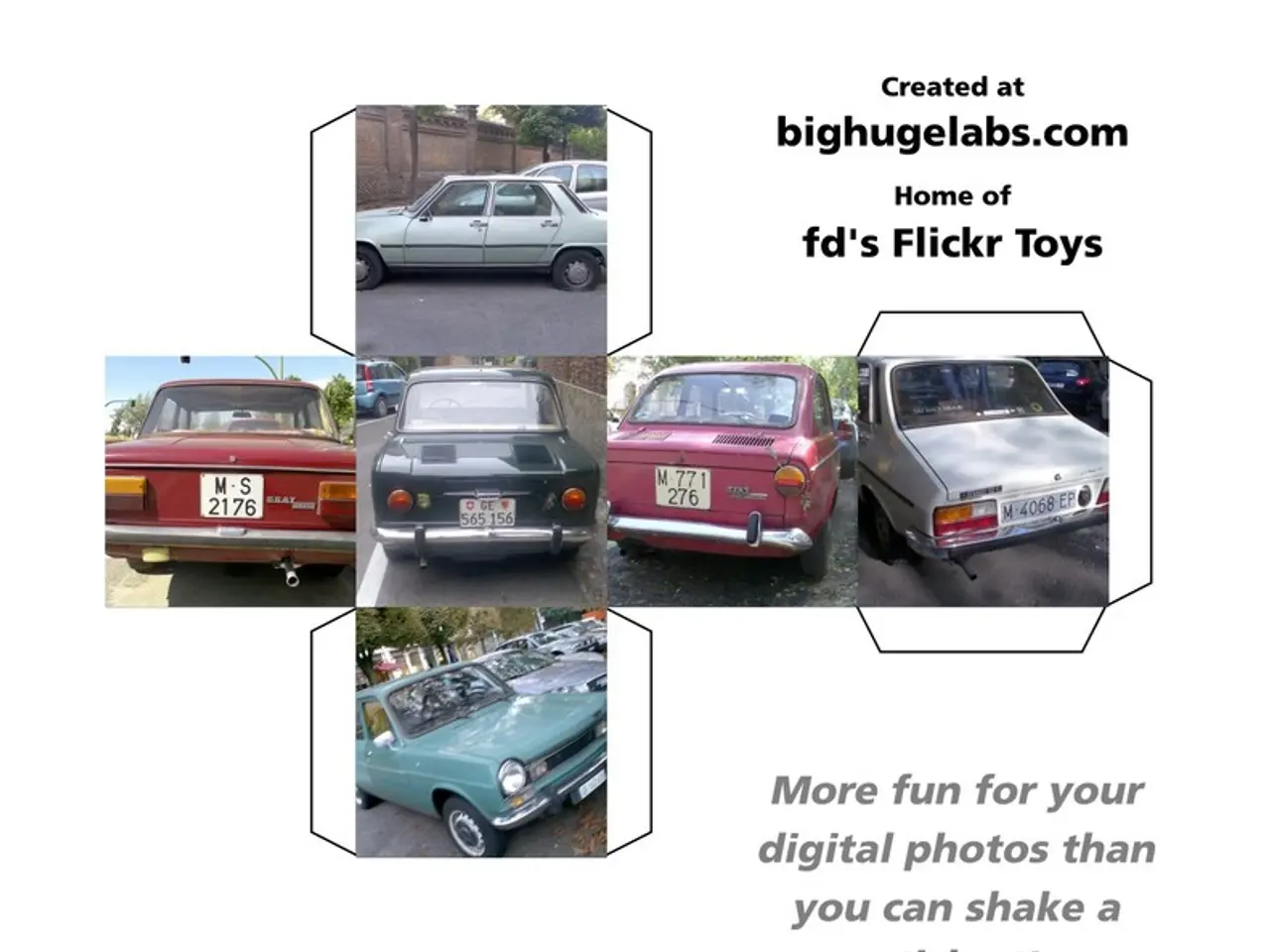Auto Industry Giants in Detroit Face Most Intense Impact from Tariffs
The United States will impose a 25% tariff on imported vehicles and parts, effective from April 3, 2025. In response, major automakers are expected to implement strategic adjustments to navigate the potential cost burdens.
1. Localizing Production and Sourcing
Given that vehicles have 20% to 91% foreign content, automakers might accelerate efforts to increase domestic production of parts and assembly to reduce tariff exposure on imported components and vehicles. This strategy can help lower the estimated $43 billion impact linked to imported auto parts and the $64.7 billion on imported vehicles, which might otherwise raise production costs by billions and vehicle prices by an average of $8,722 each.
2. Restructuring Global Supply Chains
Automakers could restructure global supply chains by sourcing parts from countries with lower or no tariffs, or through negotiated exemptions. This could also involve shifting some component manufacturing closer to U.S. plants to avoid tariffs.
3. Increasing Vehicle Prices Strategically
To offset the additional tariff costs, automakers may raise vehicle prices. However, this risks reducing demand, so price increases need careful calibration.
4. Investment in Tariff-Resilient Technologies and Models
Investing in vehicle models or technologies that are less dependent on imported parts or more amenable to local sourcing, such as electric vehicles where battery parts can be sourced or assembled domestically, might reduce tariff exposure.
5. Lobbying and Trade Negotiations
Continued lobbying for tariff exemptions or renegotiation of trade agreements could be a parallel approach to minimize impacts. Negotiations with Canada, Mexico, and other trade partners for exemptions or reduced tariffs are ongoing and could provide relief.
6. Operational Efficiency Improvements
Automakers will likely need to adopt operational efficiencies and cost reductions elsewhere in production and logistics to absorb tariff-related cost increases without entirely passing costs to consumers.
These strategies are critical to maintain competitiveness in the U.S. auto market, as the tariffs could raise overall costs by approximately $107.7 billion, about one-third of U.S. automaker revenues.
In summary, automakers may need to balance cost, pricing, and supply chain transformations to mitigate the adverse effects of the 25% tariff on imported vehicles and parts. With the U.S. being a vital market to 14 of the 18 non-Chinese global carmakers, they may need to increase their production footprint in the U.S. in the near future.
- Despite the anticipated increase in vehicle prices, automakers must consider that strategic price hikes could lead to reduced demand, necessitating careful calibration to maintain consumer interest.
- In an effort to mitigate the impact of the tariff, automakers might prioritize investment in tariff-resilient vehicle models or technologies that are less dependent on imported parts or more amenable to local sourcing, such as electric vehicles.








